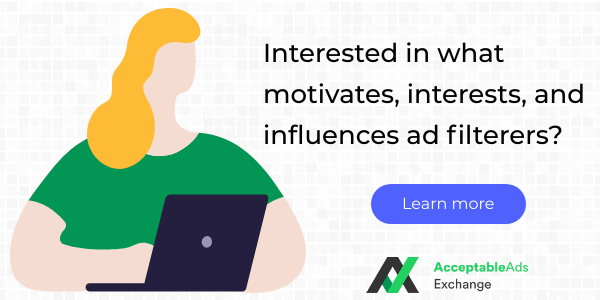 |
|||||||||||
|
|||||||||||
| Cue the AMP Exodus? |

Image sourced from Google AMP
|
| The Top Stories carousel in Google Search—long a key reason publishers leverage Google’s open-source and relatively simple AMP framework—is about to become less exclusive. In a blog post, Google announced that by May 2020, Top Stories will also include content not hosted in AMP—any page that meets Google News content policies will be eligible to take a ride on the vaunted carousel. This coincides with Google’s official introduction of “page experience signals” into search rankings next May. While page experience signals include old favorites such as HTTPS, “unintrusive advertising,” mobile friendliness and others, central to the experience guidelines are core web vitals, “a set of metrics that measure real-world user experience for loading performance, interactivity, and visual stability of the page.” The speculation is already hot that opening up the Top Stories carousel is another attempt to stave off antitrust angles, which makes sense—Google has been using its search dominance to force publishers to use AMP and comply with its monetization prerogatives. But overall it appears Search in 2021 will be a very different beast… |
| Publisher ad ops people are probably wondering, “Wait—does this mean we can ditch AMP and its monetization limits?” Gaining traffic by being featured in the carousel at the top of the Search page meant publishers (especially news sites) needed to use AMP for mobile web in particular, although it limited their monetization abilities. The best mobile web optimization strategy became a combined performance web app (PWA)—where publishers have the same fast-loading advantages of AMP but can offer more sophisticated user experience with no monetization limits—and AMP. But now if any page can get into the carousel, why bother with AMP? Well, not all pubs decided to go with a separate PWA, as AMP is a quality framework and managing a PWA takes development resources (or a service provider). And then there’s the unknown of core web vitals—trying to jockey the wild ride of Google’s various search algorithms is not for the faint of heart. A combined PWA/AMP mobile web strategy might be easier to manage—definitely for the time being. While Google swears it will continue to support AMP, any of you who have seen Google casually pull the plug on a product (cough, cough—DSM/XSM) are right to be wary. |
| Ad Flterers Love Interacting with Brands Online | ||
| Ad filterers—the 200 million+ individuals defined by the GlobalWebIndex (GWI) as “users who have blocked ads in the past month but discover brands or products through ads seen online and have clicked on an online ad in the past month”—are often dismissed as having fleeting relationships with brands. But nothing could be further from the truth. Ad filterers don’t lose interest in a brand in the post-discovery phase. Instead, they become even more intrigued by a brand’s identity. GWI data shows that ad filterers are three times as likely to click on an online ad at the top or side of a website as non-ad blocking users. And this appears to translate into lasting engagement. Ad filterers are also more than three times as likely to visit a brand’s social network page, and more than twice as likely to follow a brand’s social media presence as non-ad blocking users. |
||
| It seems that, because ad filterers generally curate their own ad exposure, they’re more receptive to the ads they do encounter while browsing. This suggests a correlation we find fascinating: users, when served respectful and non-intrusive ads, will actually reward the brands serving these ads with greater-than-average engagement and long-lasting interactivity. |
||
|
||
 |









